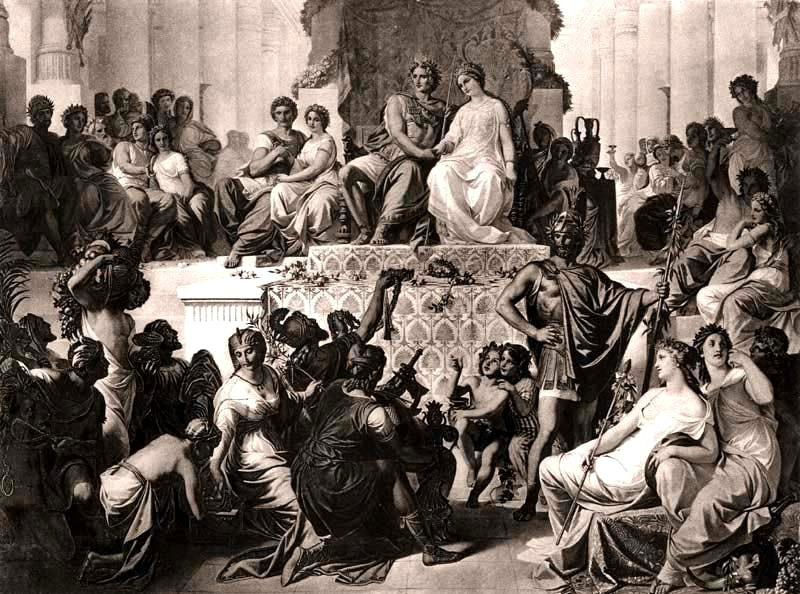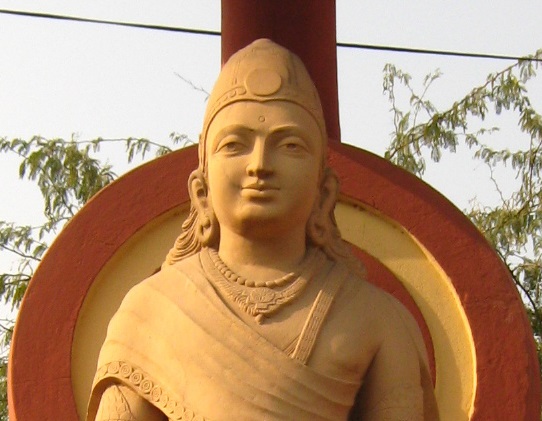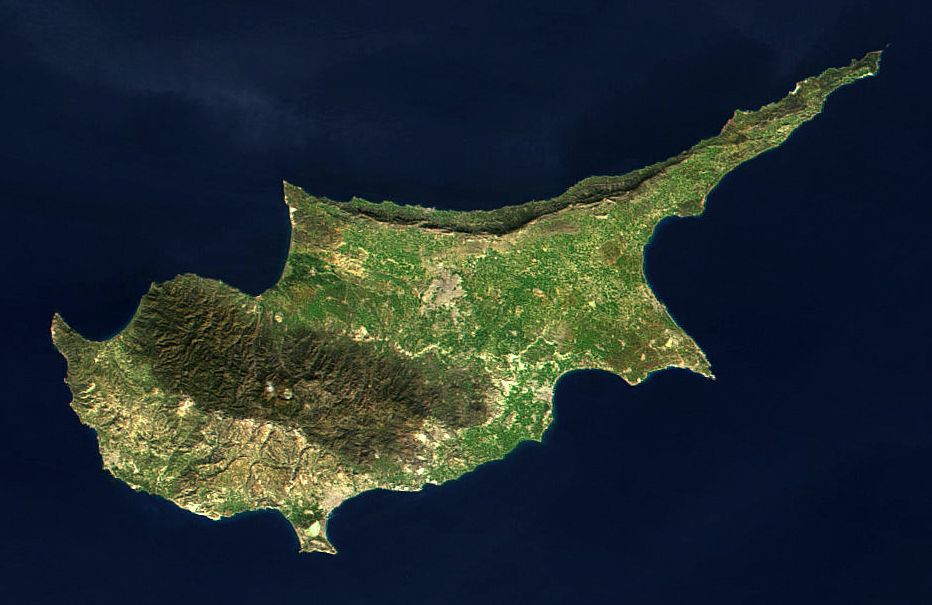Sadly for Seleucus, we can’t send him off to the west again just yet, because we’re going to have to pause and pay a bit of attention to the second generation of Successors. Given that Seleucus’ son Antiochus is pushing nineteen by the time his father receives the diadem (spoiler alert!) in 305 as I once claimed- he and his siblings are going to become increasingly relevant on the world stage. It’s time to turn the spotlight away from the father and look to his family. At least, what we know of them…
Sources for this episode: 1) Author unknown, Wikipedia, date unknown, Seleucus I Nicator (online) [Accessed 10/01/2021]. 2) Tarn, W. W. (1966), The Greeks in Bactria and India. New York: Cambridge University Press. 3) Author unknown, Britannica Online Encyclopaedia (2020), Antiochus I Soter (online) [Accessed 10/01/2021]. There are also a variety of genealogy sites where I have seen claims of Achaeus’ birth year as 320, but this is not mentioned elsewhere so I have ignored it here. Also, bear in mind a limitation that exists when researching this question in that, to the casually interested, there is not an awful lot of source material readily available.





